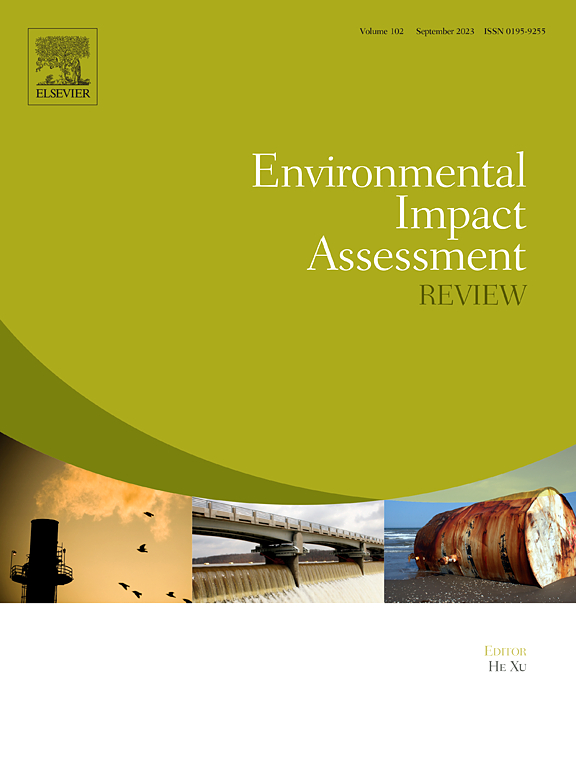Moving in the landscape: Omnidirectional connectivity dynamics in China from 1985 to 2020
IF 9.8
1区 社会学
Q1 ENVIRONMENTAL STUDIES
引用次数: 0
Abstract
Habitat fragmentation poses a significant threat to intact ecosystems and the natural movements of species. However, research on functional connectivity that reflects the movement probability of widespread species across large spatiotemporal scale remains limited. To address this, we constructed omnidirectional connectivity in China from 1985 to 2020, using morphological spatial pattern analysis methods and circuit theory. In addition, we investigated the primary drivers of connectivity changes and explored conflicts with land cover changes. Our results demonstrated that overall omnidirectional connectivity is affected by the degree of fragmentation within landscape core areas. During this period, overall connectivity and landscape core area in China decreased by 1.2 % and 2.5 %, respectively, while the connectivity within core areas increased by 0.3 %. Forest reduction and cropland expansion were identified as the primary drivers of decreased connectivity in China. Forests, as crucial components of intact core areas, play a vital role in maintaining connectivity. Conversely, cropland expansion has exacerbated habitat fragmentation, leading to a decline in connectivity, particularly in the Southwest Basin. Additionally, connectivity in the Hai River Basin decreased due to an increase in impervious surface, whereas in the Continental Basin, it declined due to an expansion of barren land. Omnidirectional connectivity is crucial for maintaining intact ecosystems and provides a scientific foundation for spatial planning.
在景观中移动:1985-2020年中国的全方位连通动态
生境破碎化对完整的生态系统和物种的自然迁徙构成了重大威胁。然而,反映广布物种在大时空尺度上运动概率的功能连通性研究仍然有限。针对这一问题,我们利用形态空间模式分析方法和回路理论,构建了中国从1985年到2020年的全向连通性。此外,我们还研究了连通性变化的主要驱动因素,并探讨了与土地覆被变化的冲突。我们的研究结果表明,景观核心区内的破碎化程度会影响整体的全向连通性。在此期间,中国的总体连通性和景观核心区面积分别减少了 1.2% 和 2.5%,而核心区内的连通性则增加了 0.3%。森林减少和耕地扩大被认为是中国连通性下降的主要原因。森林作为完整核心区的重要组成部分,在保持连通性方面发挥着至关重要的作用。相反,耕地扩张加剧了栖息地的破碎化,导致连通性下降,尤其是在西南盆地。此外,海河流域的连通性因不透水表面的增加而下降,而大陆流域的连通性则因贫瘠土地的扩大而下降。全方位的连通性对于保持完整的生态系统至关重要,并为空间规划提供了科学依据。
本文章由计算机程序翻译,如有差异,请以英文原文为准。
求助全文
约1分钟内获得全文
求助全文
来源期刊

Environmental Impact Assessment Review
ENVIRONMENTAL STUDIES-
CiteScore
12.60
自引率
10.10%
发文量
200
审稿时长
33 days
期刊介绍:
Environmental Impact Assessment Review is an interdisciplinary journal that serves a global audience of practitioners, policymakers, and academics involved in assessing the environmental impact of policies, projects, processes, and products. The journal focuses on innovative theory and practice in environmental impact assessment (EIA). Papers are expected to present innovative ideas, be topical, and coherent. The journal emphasizes concepts, methods, techniques, approaches, and systems related to EIA theory and practice.
 求助内容:
求助内容: 应助结果提醒方式:
应助结果提醒方式:


